Buy this landscape artwork African elephant (Loxodonta Africana) in Hwange National Park at a waterhole . by Kees van den Burg on canvas, ArtFrame, poster and wallpaper, printed on demand in high quality.
About "African elephant (Loxodonta Africana) in Hwange National Park at a waterhole ."
by Kees van den Burg
About the artwork
Hwange National Park is the largest national park in Zimbabwe and is located in the west of the country, near the border with Botswana. The park covers a vast area of about 14,600 square kilometres and is known for its diverse landscapes, ranging from forests and grasslands to dry desert-like areas.
A notable feature of Hwange National Park is its rich biodiversity. It is home to an impressive variety of wildlife, including elephants, lions, leopards, rhinos, buffalo and numerous bird species. The park authorities have made efforts to protect and preserve wildlife.
Hwange is also known for its large population of elephants, making it one of the best places in Africa to observe these majestic animals in the wild. There are several waterholes scattered throughout the park, which is essential for attracting animals especially during the dry season.
The African elephant (Loxodonta africana) is the largest land animal in the world and a striking representative of African wildlife. Adult males can reach a height of about 3.2 to 4 metres at the shoulder and a weight of 5,000 to 14,000 kilograms. Females are generally smaller than males. African elephants have large, flapping ears that resemble the shape of the African continent. The ears play a role in regulating their body temperature.
They have long tusks, which are teeth that protrude from the elephant's upper jaw. Not all African elephants have large tusks; it is common for some individuals to have small tusks or no tusks at all.

About Kees van den Burg
In Hoogmade Kees van den Burg has been taking pictures and making videos for decades. Processing these materials into excellent end products is also part of his job. Adobe Photoshop, Première and After Effects are all well known... Read more…
 Germany
Germany Ordered in March 2022
Ordered in March 2022
 Netherlands
Netherlands Ordered in June 2021
Ordered in June 2021

 Germany
Germany Ordered in April 2022
Ordered in April 2022
 Germany
Germany Ordered in August 2019
Ordered in August 2019
 Netherlands
Netherlands Ordered in November 2019
Ordered in November 2019
 Netherlands
Netherlands Ordered in December 2019
Ordered in December 2019
 Germany
Germany Ordered in July 2019
Ordered in July 2019
 Netherlands
Netherlands Ordered in December 2024
Ordered in December 2024
 Netherlands
Netherlands Ordered in November 2021
Ordered in November 2021
 Germany
Germany Ordered in October 2019
Ordered in October 2019
 Netherlands
Netherlands Ordered in June 2021
Ordered in June 2021
 Germany
Germany Ordered in February 2025
Ordered in February 2025
About the material
ArtFrame™
Interchangeable Art Prints
- High-quality print
- Easily interchangeable
- Acoustic function
- Large sizes available
Discover the artworks of Kees van den Burg
 Summer in FranceKees van den Burg
Summer in FranceKees van den Burg Summer in FranceKees van den Burg
Summer in FranceKees van den Burg Wadden Sea at low tideKees van den Burg
Wadden Sea at low tideKees van den Burg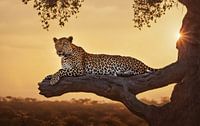 Leopard in a treeKees van den Burg
Leopard in a treeKees van den Burg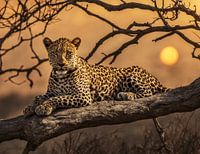 Leopard in a tree at sunsetKees van den Burg
Leopard in a tree at sunsetKees van den Burg Summer in FranceKees van den Burg
Summer in FranceKees van den Burg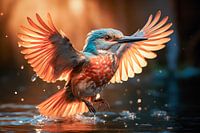 KingfisherKees van den Burg
KingfisherKees van den Burg Paris MontmartreKees van den Burg
Paris MontmartreKees van den Burg Paris MontmartreKees van den Burg
Paris MontmartreKees van den Burg Paris MontmartreKees van den Burg
Paris MontmartreKees van den Burg Norwegian fishing portKees van den Burg
Norwegian fishing portKees van den Burg Port on the North SeaKees van den Burg
Port on the North SeaKees van den Burg Summer in FranceKees van den Burg
Summer in FranceKees van den Burg Summer in FranceKees van den Burg
Summer in FranceKees van den Burg Summer in FranceKees van den Burg
Summer in FranceKees van den Burg Vineyards in AlsaceKees van den Burg
Vineyards in AlsaceKees van den Burg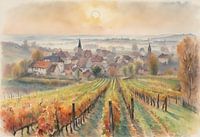 Vineyards in AlsaceKees van den Burg
Vineyards in AlsaceKees van den Burg Old shop front in a French villageKees van den Burg
Old shop front in a French villageKees van den Burg Gare du NordKees van den Burg
Gare du NordKees van den Burg Gare du NordKees van den Burg
Gare du NordKees van den Burg
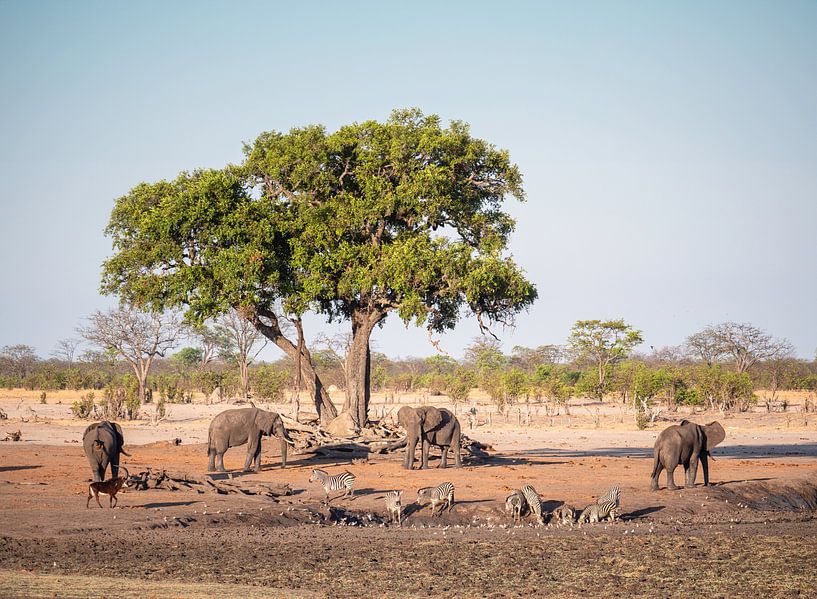












 Africa
Africa Animals
Animals Antelopes
Antelopes Elephant
Elephant Forest
Forest Grassland
Grassland Landscapes
Landscapes Photo wallpaper
Photo wallpaper Photography
Photography Powerful Expression
Powerful Expression Serene Peace
Serene Peace Trees
Trees









